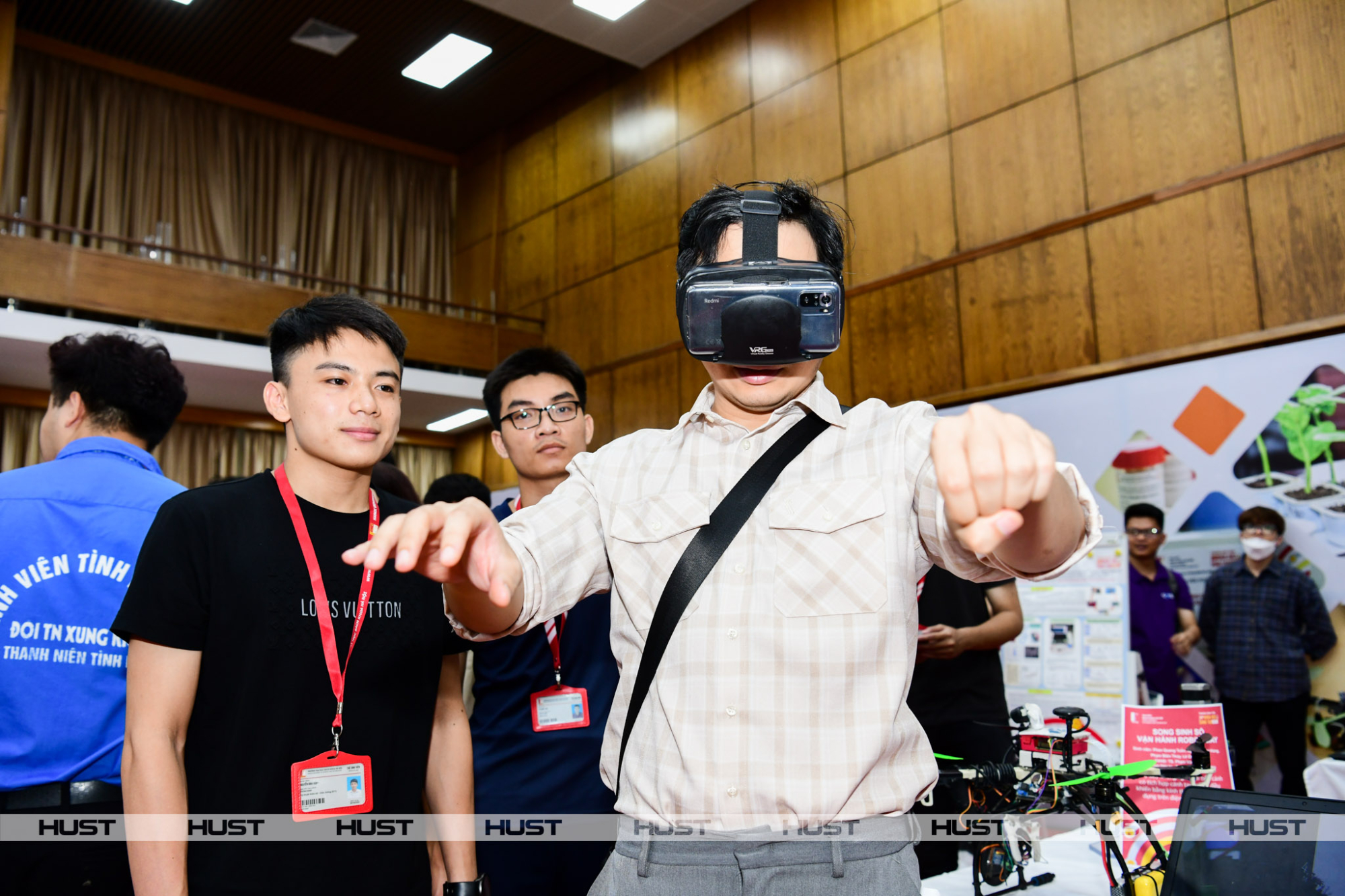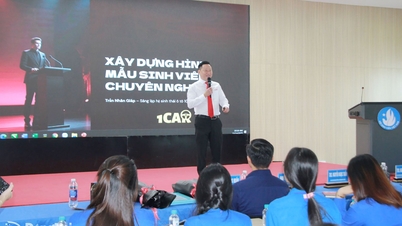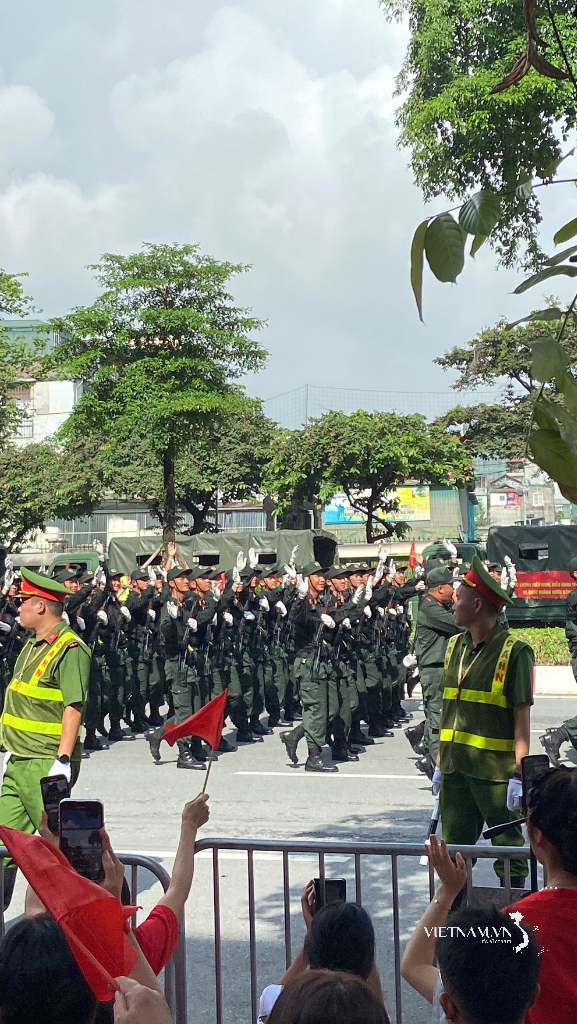The policy is addressing only the symptoms.
Recently, the Ministry of Education and Training announced that 66% of high school graduates registered for university entrance exams. The lack of enthusiasm for university education among many students stems from various reasons, such as difficult economic conditions and tuition fees. Furthermore, many graduates face unemployment, work in unrelated fields, or earn low incomes that don't guarantee a decent living. Some even believe that going abroad for work is preferable to attending university.
The above situation reflects a problem: the quality of training in universities is not up to par, and career guidance remains vague. In particular, the connection between universities and businesses in current higher education is weak, and in many cases, it is merely a formality, failing to meet expectations. This is also a reason why many graduates are unemployed, work in unrelated fields, or have unstable incomes.
Regarding this issue, a reporter from the Newspaper & Public Opinion interviewed expert Nguyen Song Hien (member of the review board of the international research journal International Journal of Training Research, London; member of the National Association of International Educators (NAFSA); member of the Federation of Independent Education Australia).

+ Sir, currently, the model of businesses partnering with training is being promoted in Vietnam. However, in many places, it is merely a formality and has not yielded the desired results. The majority of graduates still find jobs on their own, and often in fields unrelated to their studies, while businesses struggle to find suitable candidates. How do you assess this situation, and what do you think are the reasons?
- The above situation is the negative side of current education. Education is currently focused on guiding students towards pursuing higher degrees instead of meeting the diverse labor market demands.
Furthermore, bureaucratic management hinders genuine access to and integration with international educational standards. This not only wastes students' time and money but also creates a severe shortage of the human resources necessary to ensure the stable development of businesses in particular and the national economy in general.
Although we have implemented several policies in recent years to promote autonomy in higher education, these only address the symptoms of the problem. In fact, according to some recent surveys, over 24% of graduates end up working in fields unrelated to their studies, but I personally believe the actual number is much higher.
Systematic career guidance is needed early on.
Sir, how is this combination implemented in developed countries like Australia? Is there a standard model that can be widely applied?
In Australia, students receive career guidance from the beginning of lower secondary school. Victoria (VIC) is a good example. In this state, career guidance for young people is incorporated into the education program from the early years of lower secondary school.
The VIC state education authority has established this program, which consists of six steps to help young people develop their professional skills. Each step is divided into three stages: Self-development: students will understand themselves, accumulate experience and achievements, and find ways to develop their abilities. Career exploration: students will identify, explore, and evaluate opportunities during their studies and choose a future career.
Career Management: Students must implement and adjust their own career paths, managing their choices, changes, and transitions throughout their lives. Each step is integrated into each grade level from grades 7 to 12. The program is designed to equip learners with the necessary skills to create and execute career plans for the future, developing the skills and abilities to find, maintain, and advance their careers in a vast yet highly competitive job market.
In addition, students who finish Year 10 can choose to pursue vocational training instead of continuing their education at a higher level. At vocational schools, students learn 70% theory at school and 30% practical training at businesses. Furthermore, another flexible training model to address the labor shortages of businesses is on-the-job training. In this model, learners receive vocational training while still earning a salary. If a qualification is required, it is awarded based on the training time, equivalent to those obtained through formal schooling. This qualification is recognized throughout Australia.
In Australia, the link between businesses and schools is very strong. Students are given time to intern at businesses during their studies. In addition, upon graduation, the Australian government often has a graduate internship program to help graduates familiarize themselves with the real-world work environment, thereby developing practical professional skills that schools cannot provide.
The Australian Department of Education in each state maintains a channel for collecting feedback from graduates of educational institutions to gather information on employment status, as well as students' assessments of the quality of education provided by their institutions.

Education needs more collaborative models between businesses and schools to ensure good outcomes and job opportunities for students.
We need even more radical reforms.
+ To effectively fulfill their role in training and supplying a good workforce for the labor market, what should universities and colleges in Vietnam do? In your opinion, what are the bottlenecks that need to be overcome?
- The current situation of high unemployment rates among graduates, with many working in fields unrelated to their studies and even requiring retraining, highlights the need for more drastic reforms to the current education system. First and foremost, a career guidance framework for students should be developed and implemented as early as the beginning of grade 6.
To create cohesion, unity, and consistency for students in career guidance, job selection, and participation in the labor market after graduation. To scientifically allocate human resources across fields to meet the actual needs of businesses and the labor market, ensuring a stable and sustainable labor market. To avoid the current situation of an oversupply of academics and a shortage of skilled workers.
In addition, the needs of businesses must be linked to the training process, or in other words, businesses must be involved in the training process. Only then can we avoid the current situation of retraining.
Last but not least, there is a need to innovate and update current programs and courses at both colleges and universities. Many programs and courses are outdated and no longer relevant to today's job market.
Yes, thank you, sir!
Trinh Phuc (Editor)
Source






![[Photo] Prime Minister Pham Minh Chinh presides over a meeting on private sector economic development.](/_next/image?url=https%3A%2F%2Fvphoto.vietnam.vn%2Fthumb%2F1200x675%2Fvietnam%2Fresource%2FIMAGE%2F2025%2F12%2F20%2F1766237501876_thiet-ke-chua-co-ten-40-png.webp&w=3840&q=75)




































































































Comment (0)